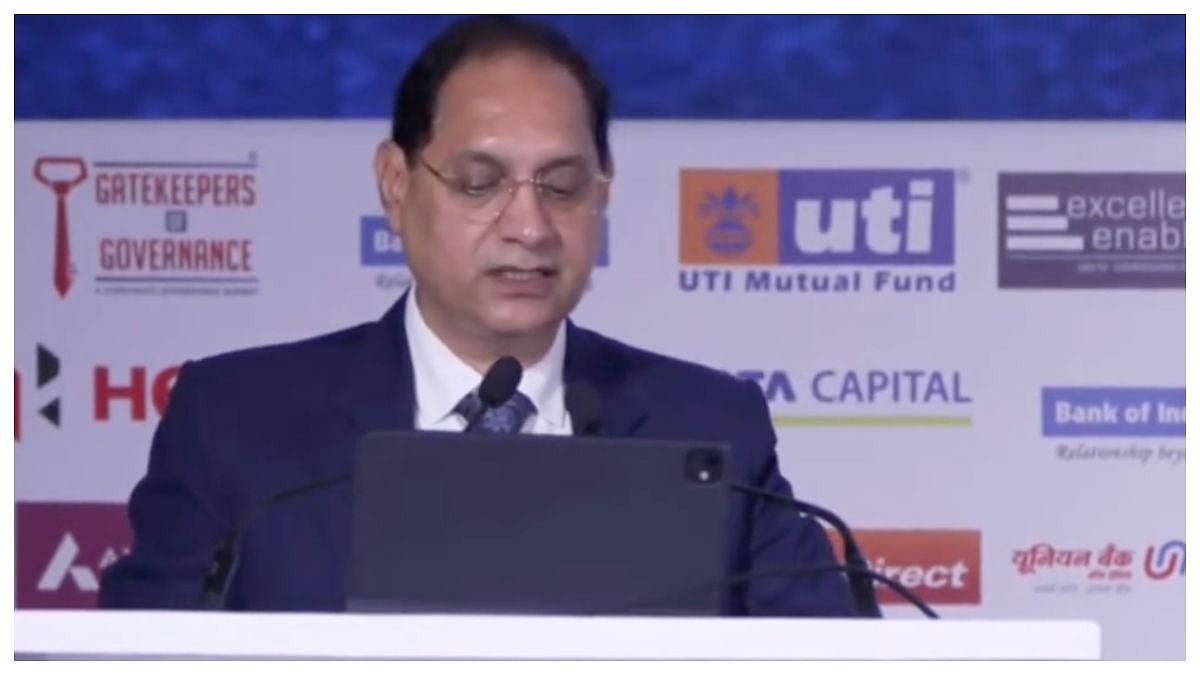Consumer Price Inflation had been plaguing the Reserve Bank of India by remaining above its tolerance level of 6 per cent for three straight quarters. This forced the central bank's hand as it had to raise interest rates to restrict cashflow in order to control demand and bring down prices.
But inflation dropped below RBI's threshold in March 2023, and has been slipping downward, as it hit a two-year low of 4.25 per cent in May.
Respite for RBI
This is also a significant dip from CPI in April, which had reached 4.7 per cent, and promises respite from high interest rates that could accelerate growth in India.
The fall in inflation also comes at a time when India is being touted as a bright spot in a gloomy global economy, marred by recession.
Since food prices account for a bulk of household expenses in India, an 8.1 per cent dip in inflation for vegetables, while the same for fuel prices hit 4.64 per cent.
Although petrol and diesel prices haven't been reduced, the global drop in LPG and kerosene rates could've helped ease inflation.
Despite an anticipated rise from the second quarter of FY23, inflation is expected to remain below 5 per cent in June.










